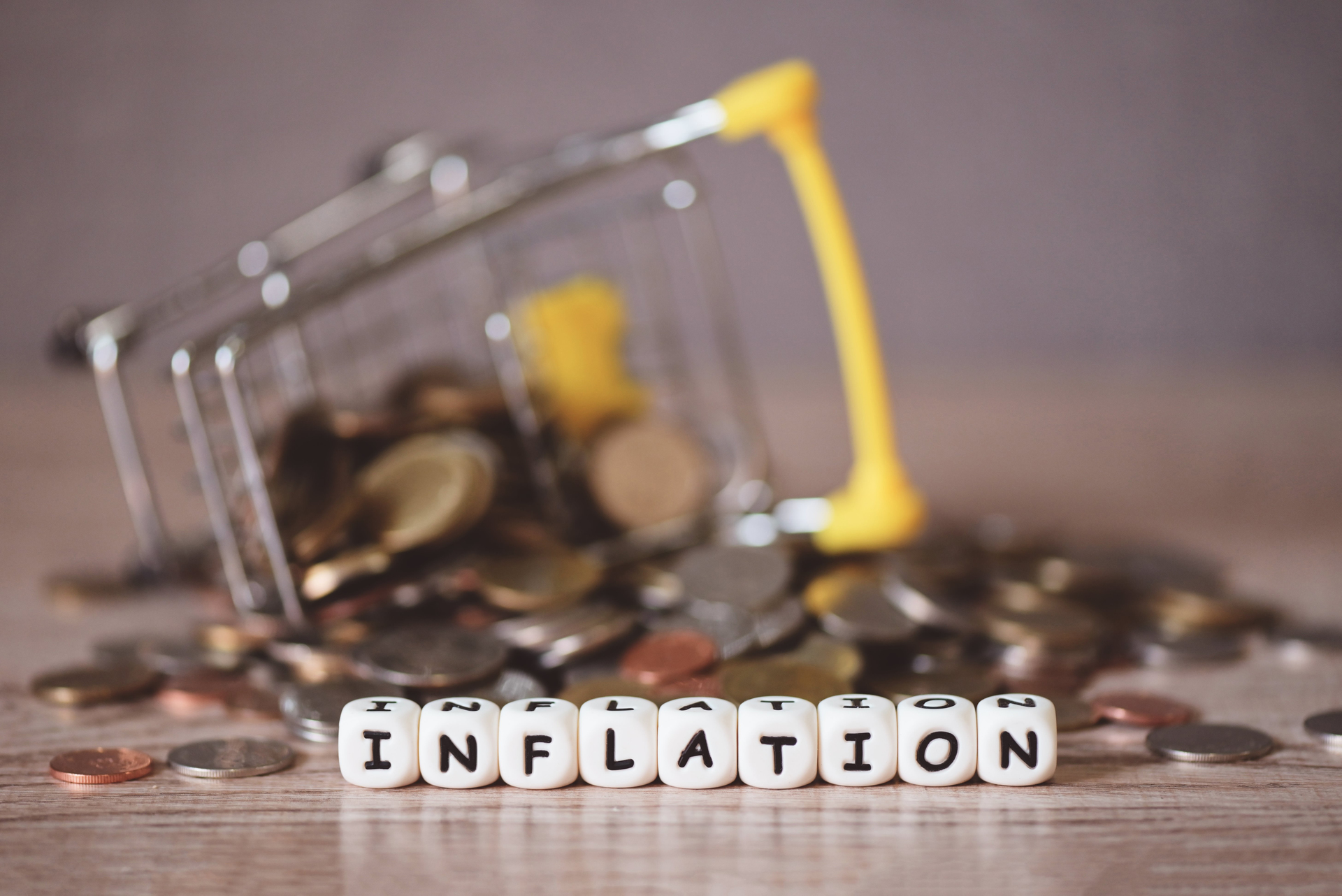
In 2022, the Federal Reserve raised rates by 75 bp four consecutive times starting in June, once by 50 bp in December & most recently by 25 bp in February. The U.S. inflation rate hit its 2022 peak in July at an annual rate of 9.1%. The last time consumer prices were rising this fast was back in 1981—over 40 years ago. Since March 2022, the Fed has been actively trying to decrease inflation. In order to do this, the Fed has been hiking its benchmark borrowing rate—from effectively 0% back in March 2022 to the current range of 4.25% to 4.50%. And it is expected to lift interest rates until inflation reduces to the fed’s target rate of 2% - a level they consider needed to stabilize prices. Recent inflation data ending January 2023 measured inflation at an annual rate of 6.4%. This data shows high interest rates are possibly here to stay at least in the short term. Unexpected national and international geopolitical uncertainties may continually arise, resulting in market volatility and interest rate fluctuations.
Interest rate volatility is the greatest risk today in closing a multi-family property. Once a potential property is under contract, and by the time the debt is locked in, who knows what the rate could be? If one can completely remove that risk from the equation, one can focus on the fundamentals. The cost of long-term borrowing has just about doubled since the beginning of 2022. Headwinds, including rising rates, declining leverage and larger equity checks are continuing to put pressure on returns & will continue to impact the market. Many in the investment community worry that increasing interest rates in the coming year might have an adverse effect on their apartment property values and result in rising cap rates for the first time in over a decade.
In this environment, experienced real estate investment firms are focusing on properties with assumable debt with a lower-than-market interest rate. Sellers with properties that have assumable loans can expect to attract a larger pool of potential buyers and generate a higher sale price. By assuming the loan, one can mitigate interest rate risk and ultimately underwrite a greater leveraged return than would have been possible otherwise. The attractiveness of an assumable loan largely depends on the length of the term remaining and buyer’s expected hold period.
Geopolitical and economic uncertainty, coupled with the increasing cost of capital resulting from the rising interest rate environment, have put a damper on multifamily sales activity. Banks, pension funds and even some alternative lenders have pulled back on their financing, making multifamily transactions harder to complete.
The underlying multifamily fundamentals are still good. Though rent increases are expected to moderate, overall demand for housing is robust. Lack of affordable housing will also continue to drive demand; higher mortgage rates and lack of affordability in single-family will benefit multifamily. Demand in the rental market is expected to remain strong with the alternative for-sale market becoming less affordable. But at the same time, new supply may slow due to the increasing cost and declining availability of construction financing.
